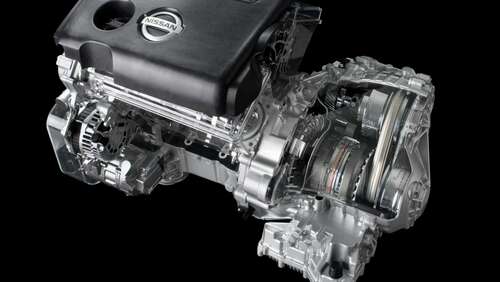
One of the primary issues plaguing Nissan CVTs is an overheating problem. Continuously variable transmissions generate a lot of heat, and require a robust cooling system to prevent damage over time. According to a breakdown of the transmission by YouTube mechanic speedkar99, the stock cooling system that Nissan installs on its CVTs is insufficient at absorbing and removing heat from the transmission effectively.
This results in the degradation of parts over time and can contribute to the failure of other components within the CVT system. When Nissan’s CVT overheats, it produces a characteristic burning smell. Transmission fluid — or, in this case, CVT fluid — smells extremely acrid when it burns. However, the odor isn’t the worst symptom of an overheating CVT.
As mentioned, this problem can damage the transmission over time, but it can also cause more immediate problems. If temperatures climb high enough, the vehicle may enter limp mode, which will cause all non-essential functions to shut down and significantly reduce the speed at which the car can move. When this occurs, drivers should pull over and call for help if on the highway, or cautiously drive home/to a repair shop if it’s safe to do so.
In response to rampant CVT overheating, Nissan offered an external cooler upgrade to affected customers under warranty. However, this solution does not always work, and many owners have been forced to replace the entire transmission.

